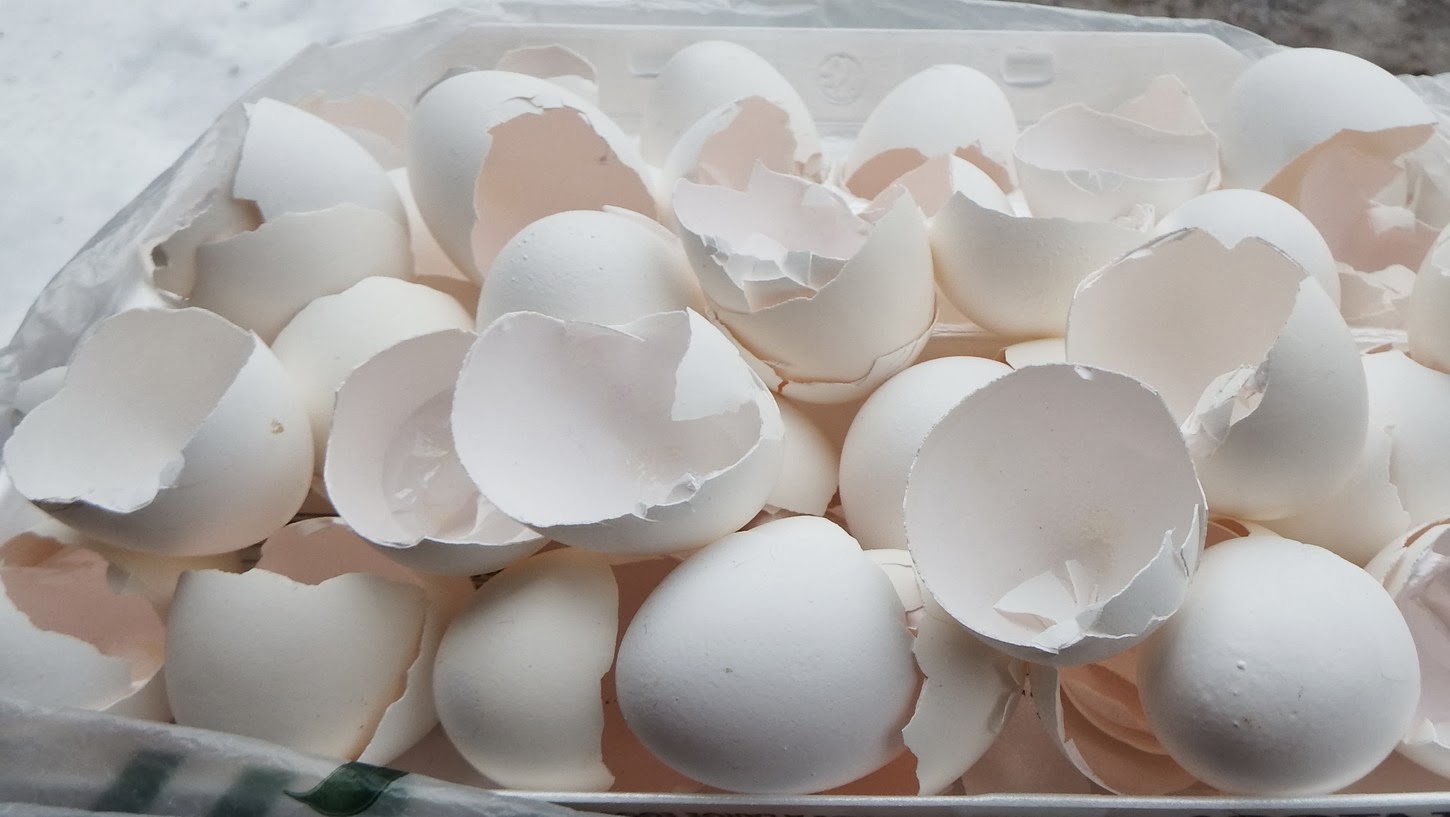 |
| Male Purple Finch (a/k/a Raspberry Finch) |
Such energy and color! I love
finches: goldfinches, house finches, purple finches, crossbills, red polls,
evening grosbeaks, and pine siskins.
They range from greens, to yellows, to oranges to raspberry red, and
they have wonderful liquid songs that uplift the spirit. You cannot help but be happy when finches are
around.
On top of that, they eat a ton of weed seeds! Their favorite seeds come from the thistle,
also purple cone flowers, iron weed, dandelions, asters, cosmos, zinnias, and
of course, sunflowers. Once in a while
they will eat a bug, but they are granivorous as a rule.
People so enjoyed their color and lovely songs that purple finches and
house finches were once sold as caged birds!
To please either of these
finches, plant cherry trees. House
finches in particular have a sweet tooth.
When hummingbirds aren't looking, they will steal some of their
nectar!
 |
American Goldfinches Male and Female, Mourning Doves in the foreground.
by Grandma Pearl |
American goldfinches delay raising a family until late summer to
coincide with the ripening of the seeds they love. They feed only seeds to their young, rather
than any bugs or protein. Their song and
color is so beautiful that they are known as 'wild canaries'. In the wintertime, they burrow under the snow
for insulation against the cold.
This winter I have had mixed flocks of finches that have numbered in
the hundreds! I know because I
participated in the annual Great Backyard Bird Count, as I do
every year. I'm sharing my secrets for
finch success so that you may enjoy the colors and music of these awesome
little birds.
 |
Goldfinches in their winter plumage, lining the tree branches, waiting their turn at the feeders.
by Grandma Pearl |
The Best Feeders for Attracting Colorful Finches:
 |
Male House Finch enjoying a sunflower seed.
by Grandma Pearl |
 |
These little finches love to swing as they pluck seeds from this easy-to-make Basket Feeder
by Grandma Pearl |
Best Foods for Attracting Finches:
- Nyjer (Thistle) seed
- Black Oil Sunflower seed
- Peanut Hearts
- Suet
- White Proso Millet
- Fruit
- Cracked Corn
- Rock Salt or Salt Block
- Sugar Water (hummingbird nectar)
If you only have room for one or two feeders, or your bird feeding
budget is small, choose the tube-style feeders:
one for thistle seed and one for black oil sunflower seed. You may also wish to add a heavy dish in
which to put a few small pieces of apples that have been coated in sugar
water. What a treat for your finches to
enjoy when it's cold outside!
A block of salt placed on the ground, or a handful of rock salt
scattered under the feeders, will also please your chatty little finches. You can also toss handfuls of sunflower seed
over the snow. As they forage, they will pick up water from the snow to help with their digestion.
 |
American Goldfinches foraging for sunflower seeds in the snow.
by Grandma Pearl |
All birds need a source of grit, or tiny stones that they use in their
crops to help grind up their food. They
don't have the stomach acids we do, so that is how their food is broken down
for use in their bodies. You can find a
small bag of bird sand or grit at the pet store. It's an inexpensive way to help out all your
birds, especially in the wintertime when snow covers the ground where they
would normally find the fine grit they need.
Make sure to keep your tube feeders very clean. If you should find mold in the seed tubes,
dump them out immediately. Then clean
your feeders with a solution of 9 parts of warm water to 1 part of household
bleach. This will kill any bacteria that
would otherwise cause harm to your birds.
Make sure the tube feeder is thoroughly dry before refilling and
re-hanging. By the way, a long-handled
narrow brush is useful for cleaning tube
feeders.
Mold is also a sign that birds are not eating as much seed as you have
put out. Try starting with a smaller
amount of seeds in a tube feeder until your finch flock expands as the word
gets out around the neighborhood!
Also, don't allow seeds to accumulate under the feeders. Mold and bacteria from droppings can
develop. Finches love to forage on the
ground, and you don't want them to get sick or worse. I use a leaf vacuum to suck up all those
spent bird seeds shells; then I toss them into the garbage. It isn't wise to use them as compost because
sunflower seeds in particular do not get along well with other plants. In short, they poison them, which can cause
some nearby plants to be deformed or die altogether.
Enjoy your fascinating flocks of finches. I guarantee they will put a smile on your
face!
 Brush Piles Are Awesome!
Brush Piles Are Awesome!










































